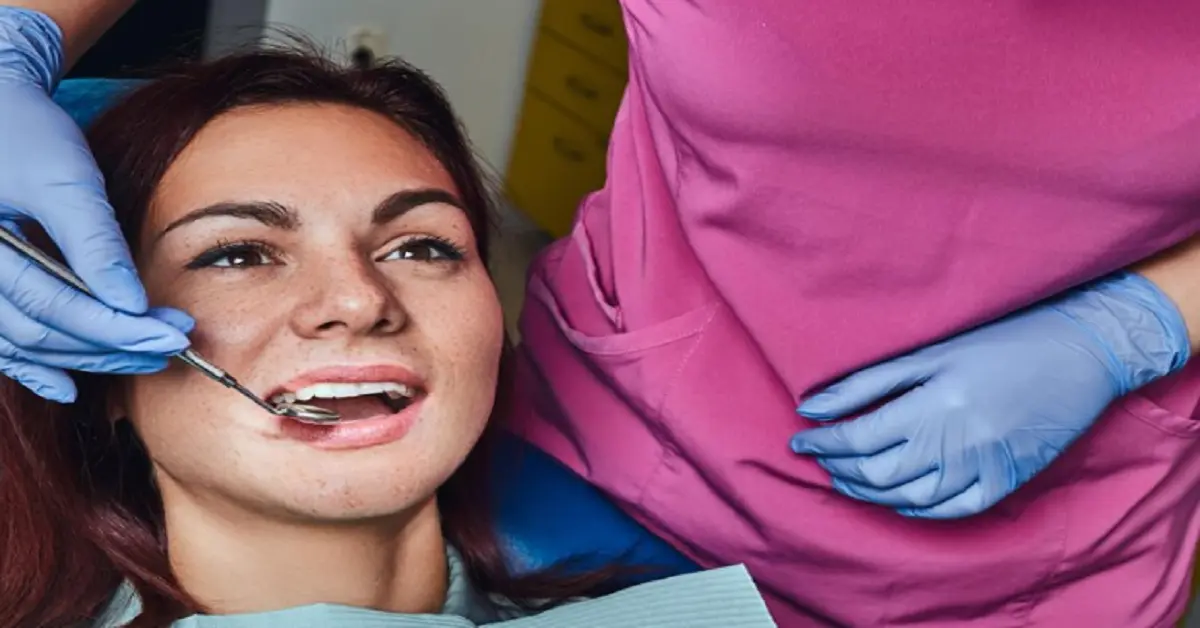Revolutionizing Smile Restoration: A Peek into Modern Solutions

Tooth loss is a common problem faced by adults worldwide, leading to challenges in daily activities such as eating, speaking, and smiling confidently. While traditional methods like bridges and dentures have long provided solutions, the evolution of modern dentistry has brought about revolutionary changes, offering more durable, functional, and aesthetically pleasing alternatives.
This blog post dives into the cutting-edge technologies and methods reshaping the landscape of tooth replacement, promising a future where everyone can enjoy a full, healthy smile.
The Limitations of Traditional Methods
For decades, dentures and bridges were the go-to options for tooth replacement. They offered a functional solution but came with drawbacks, including discomfort, maintenance challenges, and the potential for bone loss over time. These methods, while effective, often failed to fully replicate the feel and appearance of natural teeth, leaving a gap in both oral health and self-confidence.
Breakthroughs in Dental Restoration Technology
In recent years, dental restoration technology has undergone significant advancements, placing it at the forefront of tooth replacement options. Unlike traditional dentures and bridges,the latest solutions, such as dental implants in Shelby Township, offer permanent outcomes that closely mimic natural teeth in function and appearance. The use of biocompatible materials encourages bone integration, helping to prevent bone loss and maintain facial structure. Moreover, the customizability of these solutions allows for a seamless integration with the patient’s dental architecture, ensuring a comfortable fit and a natural look. This section delves into how these innovations have transformed patient experiences and outcomes in dental restoration.
The Rise of Modern Solutions
The world of dentistry has seen remarkable advancements, with modern solutions focusing on durability, aesthetics, and the preservation of oral health. By leveraging the latest in dental technology, these innovative approaches provide individuals with options that closely mimic the look, feel, and function of natural teeth.
Cutting-edge technology in Dentistry
3D Printing in Tooth Replacement
3D printing technology has revolutionized many industries, including dentistry, by enabling the creation of precise, custom-fitted dental prosthetics. This technology allows for the rapid production of dental crowns, bridges, and even certain types of dentures, all tailored to the individual’s unique oral anatomy. The result is a more comfortable, natural-looking replacement that can be produced much faster than traditional methods.
Computer-Aided Design and Manufacturing (CAD/CAM)
CAD/CAM technology has transformed dental restoration processes. This technology enables dentists to design and manufacture dental restorations with unparalleled precision. Through digital impressions of the patient’s mouth, CAD/CAM produces highly accurate prosthetics that fit perfectly, reducing the need for adjustments and repeat visits. This not only enhances the patient experience but also contributes to the long-term success of the dental restoration.
The Role of Digital Dentistry
Digital dentistry encompasses various technologies, including digital imaging and virtual reality, to improve diagnosis, treatment planning, and execution. This holistic approach allows for more accurate assessments, better patient education, and more predictable outcomes. Digital tools facilitate a collaborative process between dentists and patients, ensuring customized solutions that meet each individual’s needs and expectations.
The Future of Tooth Replacement
Emerging technologies continue to push the boundaries of what’s possible in tooth replacement. Innovations such as the bioengineering of teeth from stem cells and the development of new biomaterials for even more lifelike prosthetics are on the horizon. These advancements promise a future where tooth replacement is not only about restoring function but also about regenerating natural oral structures, potentially eliminating the concept of “false teeth” altogether.
Conclusion
The landscape of tooth replacement is undergoing a transformation, driven by technological advancements and a deeper understanding of oral health. Modern solutions offer hope and improved options for those facing tooth loss, moving beyond mere functionality to restore the beauty and health of natural smiles.
Read More: Nexar